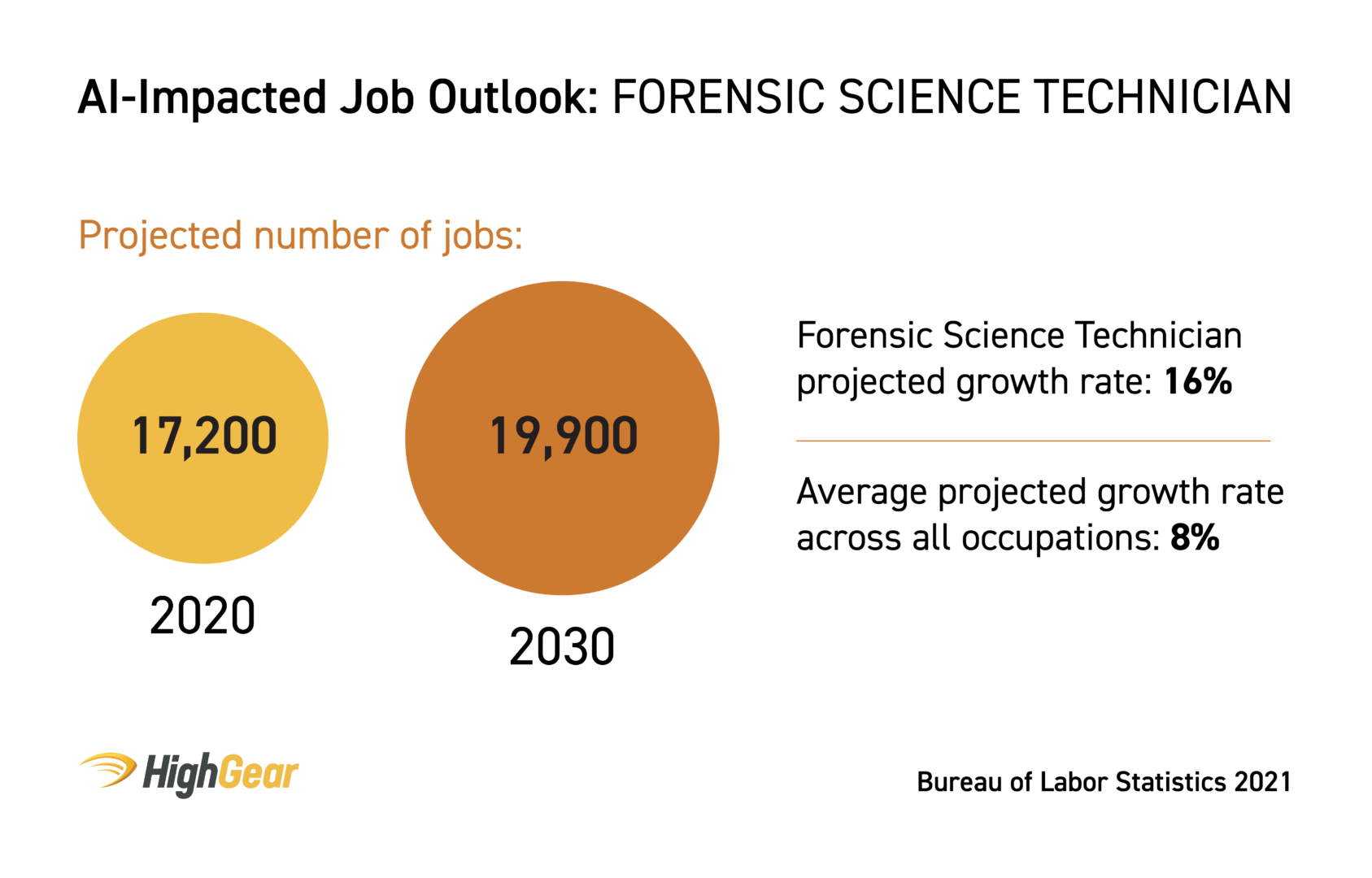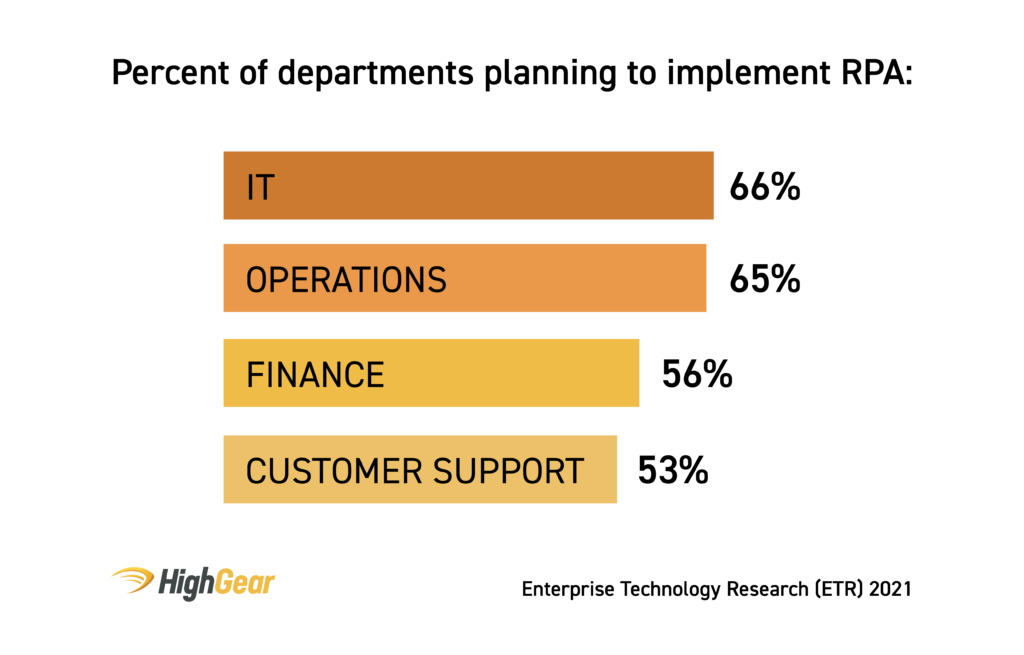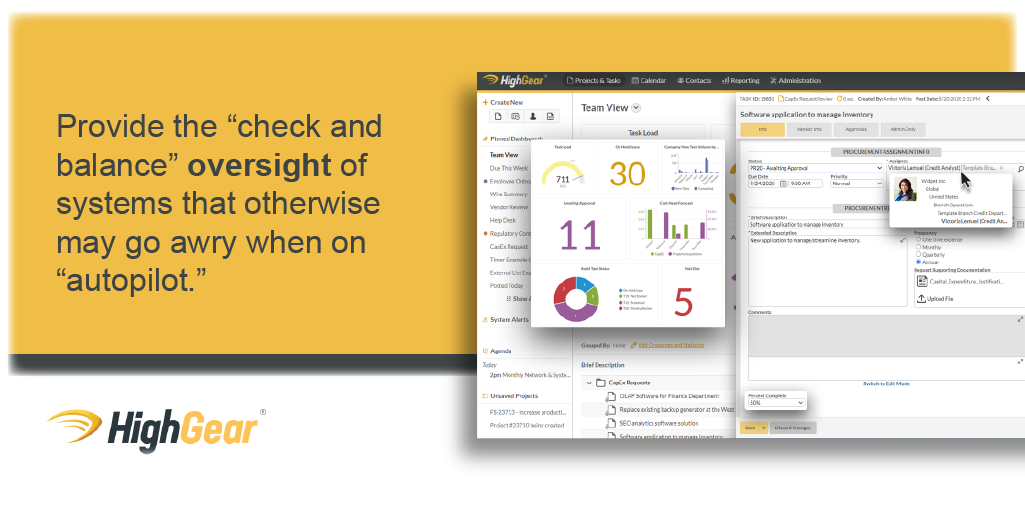
At the same time, artificial intelligence (AI), machine learning (ML), robotic process automation (RPA), and other new technologies have been advancing at an ever-accelerating rate and eliminating time-consuming manual processes. So, while much of our lives have been on hold during the pandemic, robots have been making great leaps forward. You could say, in fact, that things have been advancing so fast on so many fronts, we need some sort of automated assistant to keep track of it all. You could even argue that we are past automation, and into the stage of hyper automation.
Process Automation Trends To Watch In 2022
Advances in AI, ML, and RPA promise to make a massive impact on our lives, most significantly on our work lives. One of the biggest areas that will be impacted is our daily workflow and the way that we manage work at scale. Much of it will be impacted by automation. AI, ML, and RPA (often in combination with each other) open up a whole new world of possibilities. Adding AI to RPA makes it smarter and improves efficiency, productivity, and that’s to say nothing about customer satisfaction (I’ll get to that shortly).

But let’s clear something up first. The title of this article mentions good news, and to be perfectly honest, not everyone associates robots and automation technologies with good news. Many fear that machines — either digitization via actual robots or a collection of code sitting in some far-off data center — are coming for our jobs.
That is simply not true. As Didier Bonnet, one of the pioneers of digital transformation said in a recent podcast I recorded with him: “Machines don’t replace jobs, they replace tasks.” Business process automation tools are great at executing repeatable tasks that, because of their utter tedium, have a high margin of error. You know, the jobs most people really don’t enjoy doing, the very tasks that keep people from doing their best work. And let’s not forget, with the proliferation of all these machines — someone is still going to have to manage these robots.
But what if robots get more intelligent, as they undoubtedly will? The Bureau of Labor Statistics forecasts faster-than-average job growth in many occupations that artificial intelligence is expected to impact: accountants, forensic scientists, geological technicians, technical writers, and MRI operators, and the healthcare industry at large just to name a few.

RPA
If you’ve been following new technology terms and have heard the term digital transformation being tossed around lately, then most likely you have heard the term robotic process automation or RPA. While not exactly a new term or technology, as outlined in the Gartner Magic Quadrant for Robotic Process Automation, RPA remains the IT industry’s fastest-growing enterprise service sector for the third straight year. As I already mentioned, RPA is all about automating manual, repetitive tasks with tireless software bots. This promises to vastly streamline productivity and send your customer satisfaction scores skyrocketing. In turn, this frees up team members to focus on more creative, higher-order human-centric work that most people find more rewarding.
Sounds like a win-win, right? Businesses certainly think so. According to a recent survey conducted by the Enterprise Technology Research (ETR) of C-suite decision-makers, in the future most organizations are planning to implement new RPA initiatives to automate IT, Operations, Finance, and Customer Support.

AI/ML
While the terms AI and ML are often used interchangeably, most often when folks speak about AI, they actually mean machine learning. The artificial intelligence of Hollywood movies, which often boils down to a free-thinking, self-acting, often time-traveling robot (i.e., The Terminator), and a personified internet of things (IoT), is actually known as artificial general intelligence (AGI). And AGI is still years, most likely decades, away from an actuality.
But that doesn’t mean AI or ML hasn’t been making a big impact on today’s business needs. With direct human oversight and the right data, AI has shown to have a significant impact on the customer experience. Massive volumes of personal data are being generated by customers on a day-to-day basis. The right algorithms analyze this data and generate richly detailed customer engagements based on exactly what that customer needs. The battle over customers is growing more fierce, and customers expect more from their business interactions, making personalized, detailed interactions the standard in customer engagement.

The availability of mass data is also bringing sharper focus onto customer metrics. More intelligent machines are allowing companies to understand exactly how their customers make their buying decisions and at what point they can engage them in the consumer lifecycle. Besides adding transparency to the buying process, this greatly increases sales forecasts while increasing insights into new customer channels and product lines.
Also worth mentioning is the use of ML for intelligent document processing. While most documents in a company are in some sort of digital format — either as a PDF, Word, or Excel doc — that doesn’t mean the data locked in those documents is readily available. Even in large companies, making that data accessible usually requires some form of human data entry (is there anything more tedious than data entry?). But the advent of intelligent document processing (IDP), which usually combines optical character recognition with AI, allows companies to extract and process the relevant data from any number of documents in a wide variety of formats.
Those are just a few examples of what’s ahead in the workflow automation market. But be aware, automation does not come without risks. As none other than Bill Gates said, “Automation applied to an inefficient operation will magnify the inefficiency.”
“Automation applied to an inefficient operation will magnify the inefficiency.”
—Bill Gates
Workflow Management At Scale
So how do you make certain all these software bots and automation solutions aren’t actually making you more inefficient, costing you customers and money? There’s “automation”, and then there’s “automation.” What do I mean by that? Well, RPA and AI allow for computer and robotic activities to be pre-programmed and run on “automatic.” However, that doesn’t mean that complex processes, sophisticated workflows, and human intervention are obsolete or unnecessary. In fact, it’s never been more important for advanced digital transformation to consider that other types of platforms need to be deployed alongside RPA and AI to allow for complexity, adaptability, resiliency, and human decision-making along the way.
That’s where tools like HighGear come into play. This no-code end-to-end work management platform enables users to automate tasks and processes and to incorporate rules-based decisioning for even the most complex situations. It can be a conduit for bringing disparate RPA and other advanced tools together through insights and integration. It provides that “check and balance” oversight of systems that otherwise may go awry when independently placed on “auto-pilot.”
“Machines don’t replace jobs, they replace tasks.”
—Didier Bonnet
Incorporating user-configurable rules and workflow into human-robot workstreams assures proper handling of exceptions and timely human escalations. Not only is HighGear extremely cost-effective, but it is also particularly sophisticated when it comes to transparency of data and activity. Lastly, audit capability and high-security enablement are critical to consider when moving through a digital transformation journey.
Whether it’s HighGear or some other type of sophisticated workflow automation software provider, be sure to develop a deep understanding of your needs and the outcomes you are looking to drive. The good news is that the digital transformation future is bright and with the maturing of the building blocks for effective digital transformation and automation strategies, we finally have an opportunity to get this delicate orchestration right. And that’s very good news indeed.

